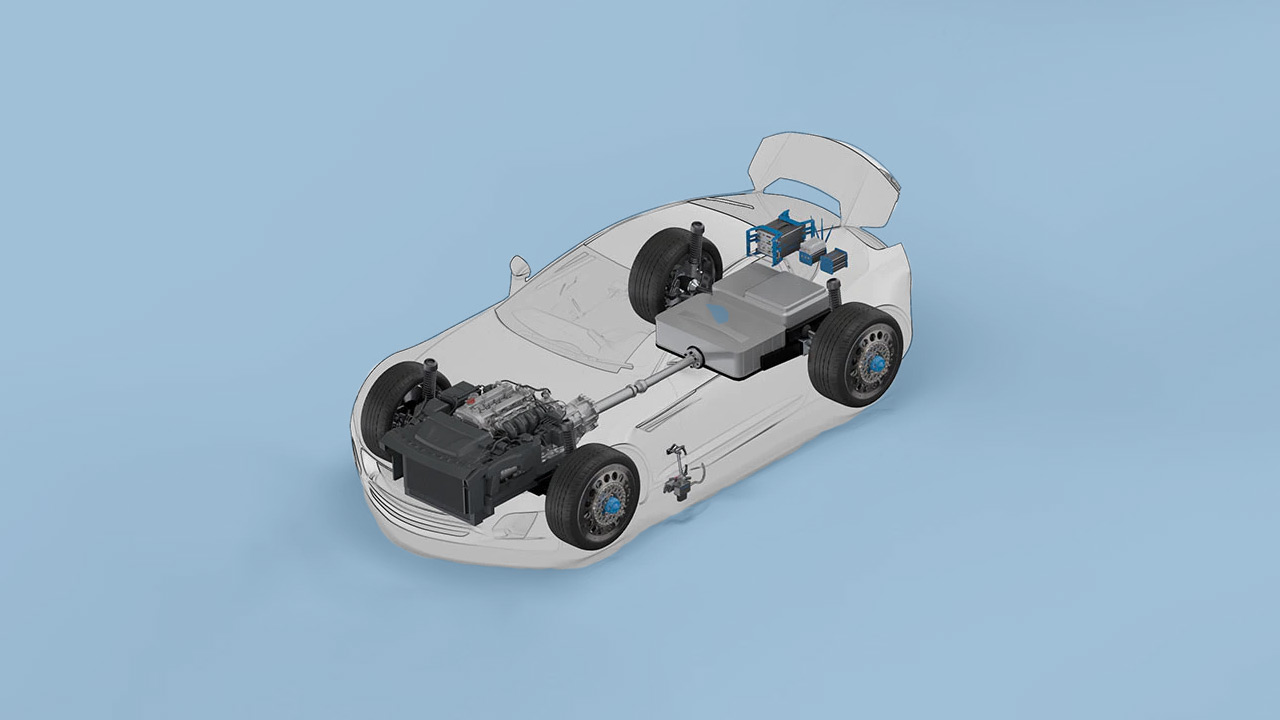Transitioning to decarbonize transport with alternative fuels
Technology Landscape
Decarbonization and sustainability are set to become a strategic priority for automotive’ stakeholders, including, OEMs, Tier 1, 2 and 3 suppliers, and governments at large. Decarbonization of the transport sector will rely on policies to promote modal shifts and two major technology transitions, i.e., shifts towards alternative fuels & powertrains and shifts towards higher fuel blending ratios and direct use of hydrogen‐based fuels & biofuels. An Internal Combustion Engine (ICE) is still the foremost technology among all competing technologies in terms of energy density, thermal efficiency, fuel flexibility, fuel economy, safety, and market share; ICE is expected to remain the key driving force of the transportation sector for a long time in the future.
Market Dynamics
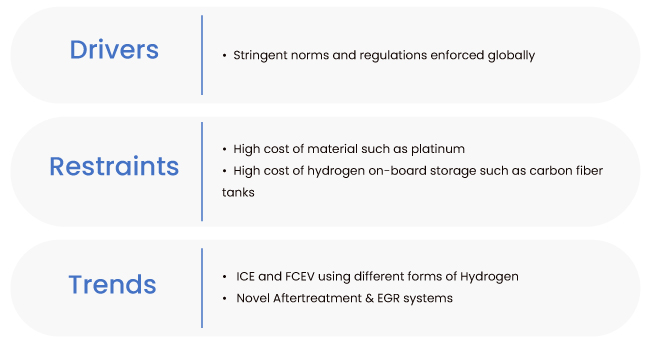
Competitive Landscape:
- The alternative fuel market is relatively competitive in medium and heavy-duty vehicles.
- Key players have been spending in new product development, partnerships, and strategic alliances such as mergers and acquisitions to improve their market position.
- During the study, the key players identified are:
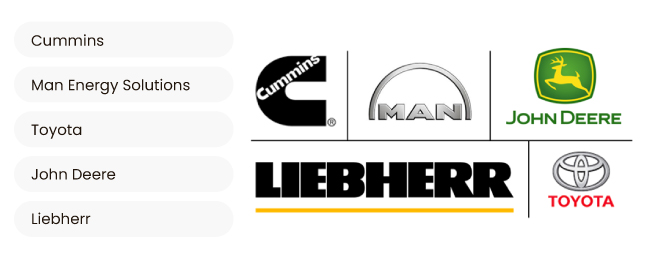
Key Developments:
Some of the key developments in the market are:
- June 2022 – John Deere started testing of ammonia powered fuel cell tractor with 100 kW power
- May 2022 – Hydrogen specialist Keyou unveiled hydrogen ICE powered vehicle prototypes that do not require any aftertreatment system
- July 2021 – Cummins started testing of hydrogen-fueled internal combustion engine for on- and off-highway vehicles
Technology Segmentation:
- The alternative fuel powertrain market is segmented by technology type (FCEV and ICE), fuel type (Hydrogen, ammonia, ethanol, methanol, and others), vehicle segment (light and heavy passenger vehicles, medium and heavy commercial vehicles) and geography (US, Europe, APAC and RoW)
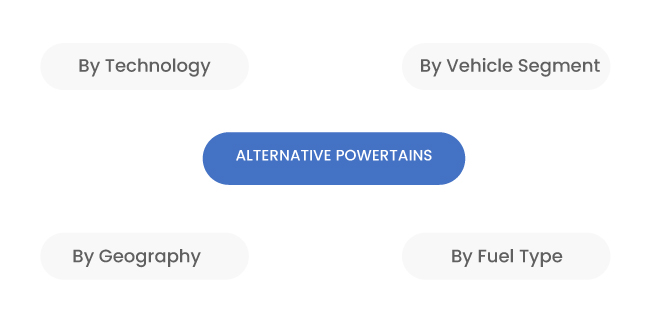
Scope of the Report:
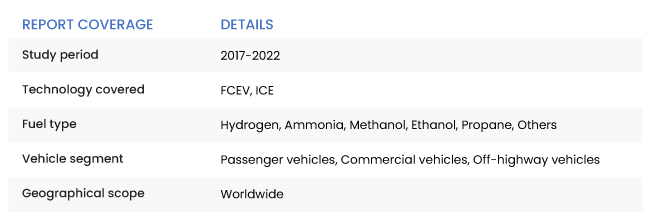
Critical Questions the Report Answers:
- What are the technological unmet needs of trends in alternative fuels and powertrains?
- What are the mitigation strategies to achieve the unmet needs?
- Which are the most interesting technology clusters, which can be pursued by automotive’ stakeholders for further investigations?
- What are the challenges that technology clusters/trends are still trying to solve to achieve greater efficiency, performance, and reliability?
- What are the various needs and key attributes required for individual emerging technologies?
- What are the underlying drivers that are shaping the demand for high-performance alternative fuels and powertrains?
- How big is the universe of the player ecosystem?
- Who are the key competitors in this space? What is their strategy/best practices to monetize the emerging trends?
- What is the use case, business case and regulatory frameworks in this space?

